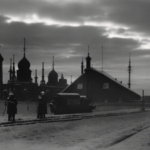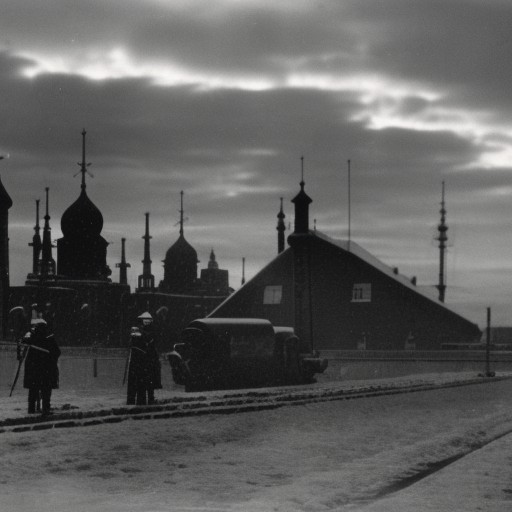The Treaty of Nystad (1721)
The Treaty of Nystad, signed on August 30, 1721, marked the end of the Great Northern War between Sweden and Russia. This treaty was a significant turning point in European history as it solidified Russia’s emergence as a major power and led to the decline of Swedish influence in the region.
Background:
The Great Northern War began in 1700 when an alliance of Russia, Denmark-Norway, and Saxony-Poland launched an attack on Sweden. The war was primarily fought over territorial disputes in the Baltic region and aimed to curtail Sweden’s dominance in the area. Over the course of the war, Russia gradually gained the upper hand, capturing several key Swedish territories.
The Terms of the Treaty:
The Treaty of Nystad confirmed Russia’s territorial gains and forced Sweden to cede significant territories to its adversaries. Sweden lost its Baltic provinces of Livonia, Estonia, and Ingria, as well as parts of Karelia and Finland. These territories were incorporated into the Russian Empire, strengthening Russia’s control over the Baltic Sea and establishing it as a major player in European affairs.
Consequences:
The Treaty of Nystad had far-reaching consequences for both Sweden and Russia. For Sweden, it marked the end of its era as a major European power. The loss of its Baltic territories severely weakened its influence in the region and shifted the balance of power in Northern Europe. Sweden’s decline continued in the following centuries, and it eventually became a neutral country.
On the other hand, the treaty solidified Russia’s position as a major European power. The acquisition of the Baltic territories provided Russia with access to warm-water ports and expanded its influence in the Baltic Sea region. This allowed Russia to further expand its empire and pursue its ambitions in Eastern Europe.
The treaty also had implications for other European powers. It signaled the decline of Swedish dominance and the rise of Russian power, which had implications for the balance of power in Europe. It also contributed to the ongoing shift of power from Western to Eastern Europe.
Legacy:
The Treaty of Nystad had a lasting impact on the geopolitical landscape of Europe. It marked the end of Sweden’s era as a major power and the beginning of Russia’s ascent. The territorial changes brought about by the treaty set the stage for future conflicts and power struggles in the region.
The treaty also had cultural and demographic consequences. The ceded territories had significant Swedish populations, and their transfer to Russian rule led to the migration of many Swedes back to their homeland. This migration had a lasting impact on the demographics of both Sweden and the acquired territories.
In conclusion, the Treaty of Nystad in 1721 marked the end of the Great Northern War and had far-reaching consequences for Sweden and Russia. It solidified Russia’s emergence as a major European power and led to the decline of Swedish influence in the region. The territorial changes brought about by the treaty reshaped the geopolitical landscape of Europe and set the stage for future conflicts.












